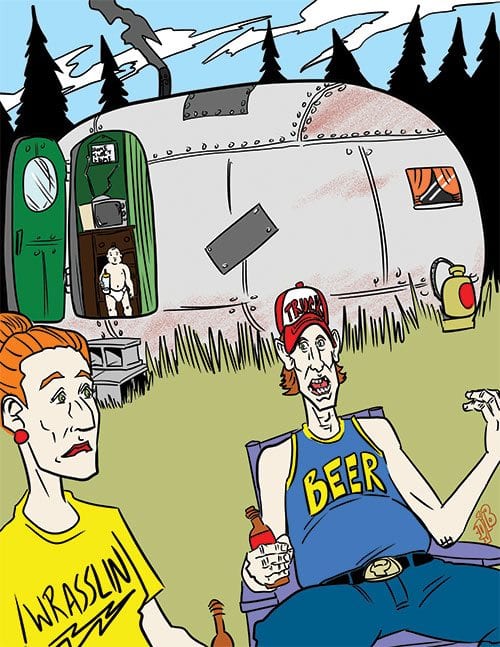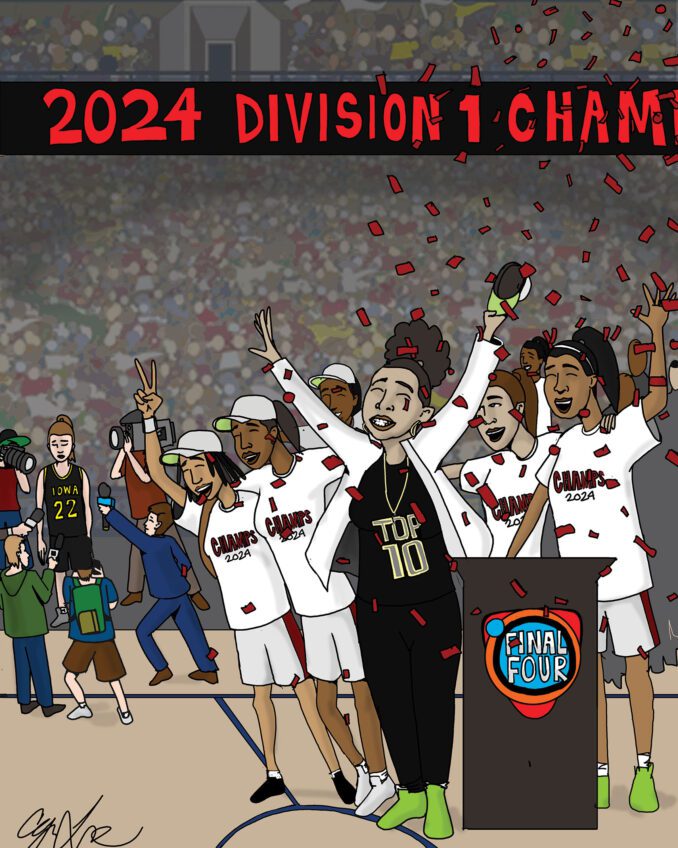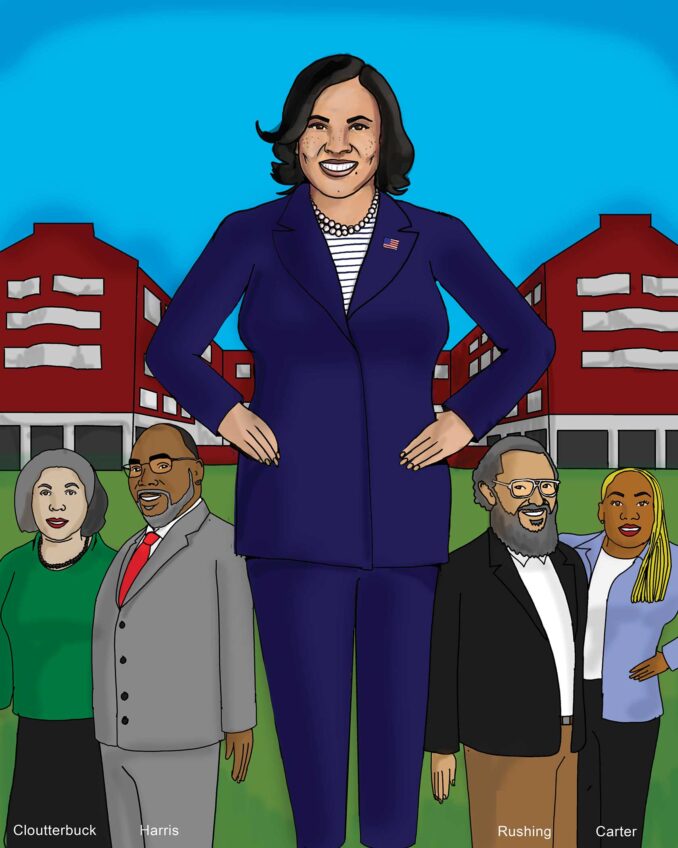
Even though America has developed well beyond the pioneer days when covered wagons traveled west, the philosophy of rugged individualism still prevails. As they say, “you eat what you kill” as a hunter. As a farmer, if your crops are destroyed by the vicissitudes of nature, then you had better have good relations with the neighbors. The point is not to expect any assistance from others, especially from the government.
In industrial areas, the more common model of economic advancement is for members of the working class to protest for political advantage or to organize for improvement of wages and working conditions. However, the industrial approach has not been as effective as it ought to be in the U.S., the wealthiest industrial nation.
Consequently 9 percent of the country’s white residents and 22 percent of the African Americans are categorized as living in poverty. Whites can assert that poverty is, therefore, a greater problem for blacks because of their higher percentage of the poor. However, that is not a persuasive assertion because of the fact that the actual number of poor whites is twice that of blacks.
According to a report of the Henry J. Kaiser Family Foundation there were 17,494,800 poor whites in the U.S. in 2016, compared to 8,719,100 poor blacks. So there are twice as many poor whites as poor blacks in the country. But poverty is not evenly distributed by race across the country. There are at least 27 states with more poor whites than blacks.
In the Midwest, Illinois, Indiana, Kansas, Michigan and Missouri each have larger populations of poor whites than poor blacks. In the East, New York, New Jersey, Connecticut and Pennsylvania also have more poor whites. In the South, Alabama, Arkansas, Florida, Virginia and Texas all have larger populations of poor whites.
A coalition of the poor in those states would have substantial political consequences. Why does it not happen? Could it be that the oligarchs have successfully induced poor whites to believe that it is not in their best interest to be affable and associate politically with blacks? Indeed, this estrangement resolves a potential problem for the wealthy.






